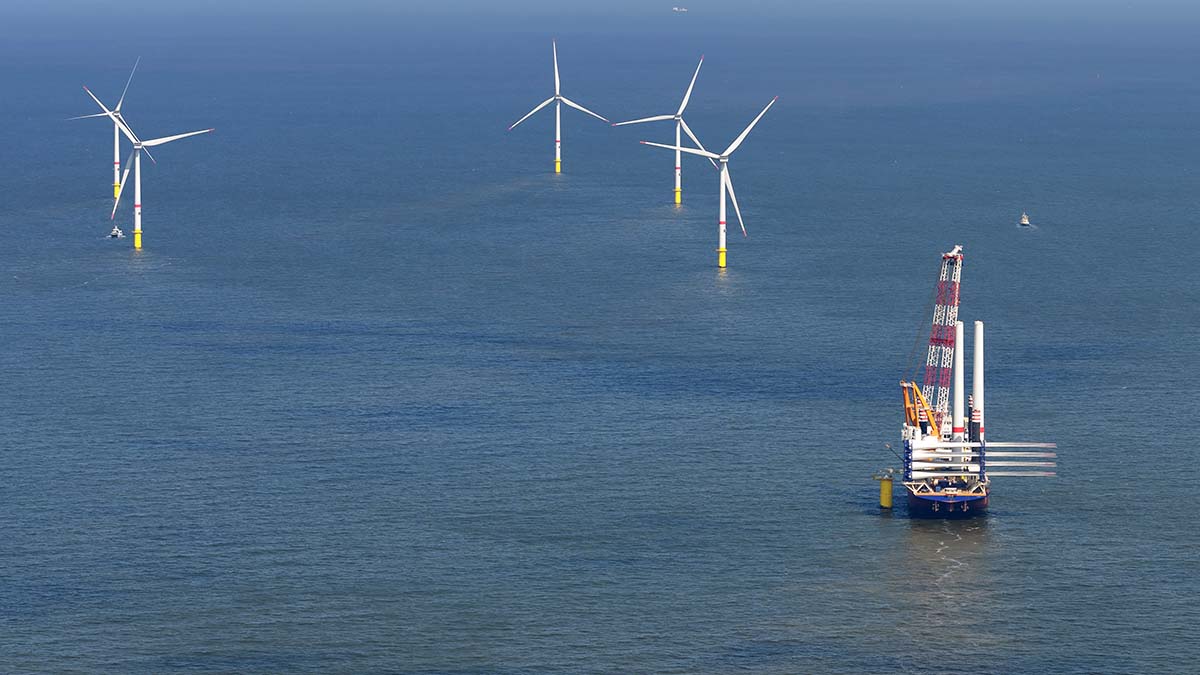News
New Dutch offshore auctions focus heavily on non-price criteria

9 May 2022
The Netherlands are about to close the bidding in their latest offshore wind auction – for the Hollandse Kust West site.
There are two different areas up for auction with a total 1.5 GW of capacity. The auction makes extensive use of non-price criteria. It’s by some distance the most advanced use of non-price criteria yet in any wind energy auction. The focus of the criteria is ecology and system integration.
The two available sites in the auction each apply different criteria. At “site VI” bidders have to focus on how the project impacts the ecosystem in the North Sea. 50% of the scoring is related to this. The criteria cover how the project will contribute to limit negative effect on birds and marine habitats. Bids that incorporate knowledge sharing and further R&I on this will also get more points.
The other site “Site VII” then focuses on how well the wind farm will be integrated into the Dutch energy system. Again 50% of the scoring is related to this. The criteria cover the investments the project envisages in system integration and knowledge-sharing around it, e.g. through energy storage or the use of HVDC cables. At least one prototype pilot should be in operation 60 months after the permit is awarded.
Non-price criteria in wind farm auctions help recognise and reward the added value that wind energy brings. Up until recently wind farm developers bidding into auctions focused solely on reducing the cost of their offshore wind farms, because price (of the electricity they generate) was the only criterion.
The European Commission’s new State Aid Guidelines for Energy now allow for up to 30% of the scoring in Contract for Difference (CfD) auctions to be based on non-price criteria. Beyond the Netherlands, France are using non-price criteria for 25% of the scoring in their latest offshore wind auction – for a 1 GW wind farm off Normandy. The German government have proposed to use 4 non-price criteria for part of their new offshore wind auctions. And Belgium is consulting on an extensive set of criteria.
The use of these criteria will recognise the wider societal value that wind energy brings, e.g. in protecting biodiversity and ensuring the smooth operation of the wider energy system. They will rear investments that the wind industry has made in these areas including in the development of relevant technology.
It is important that non-price criteria follow certain standards. They should be clear, comparable, easy to measure and assess and they should complement existing policies. They should avoid creating significant additional administrative or management costs. They should build on the wind industry’s strengths and incentivise further innovation. And they should be comparable to criteria used in auctions in other sectors of the economy.
The Dutch Government will not provide any financial support for the Hollandse Kust West project. They’re actually basing 10% of the scoring on how far bidders are ready to offer to pay the authorities up to €50m. This is negative bidding in practice: developers paying the government for the right to develop the project. It is positive at least that 50% of the scoring is on the non-price criteria.
WindEurope CEO Giles Dickson said: “Non-price auction criteria will recognise the added value the European wind industry brings beyond simply offering cheap electricity. How is wind energy co-existing with and enhancing biodiversity. How far is it helping to balance the wider energy system. It’s only right that auctions should factor in these things – and reward the investments the industry is making in these areas. It’s not just about price. It’s good the EU have blessed the use of non-price criteria. It’s now for Governments to use them – and to use them wisely.”

